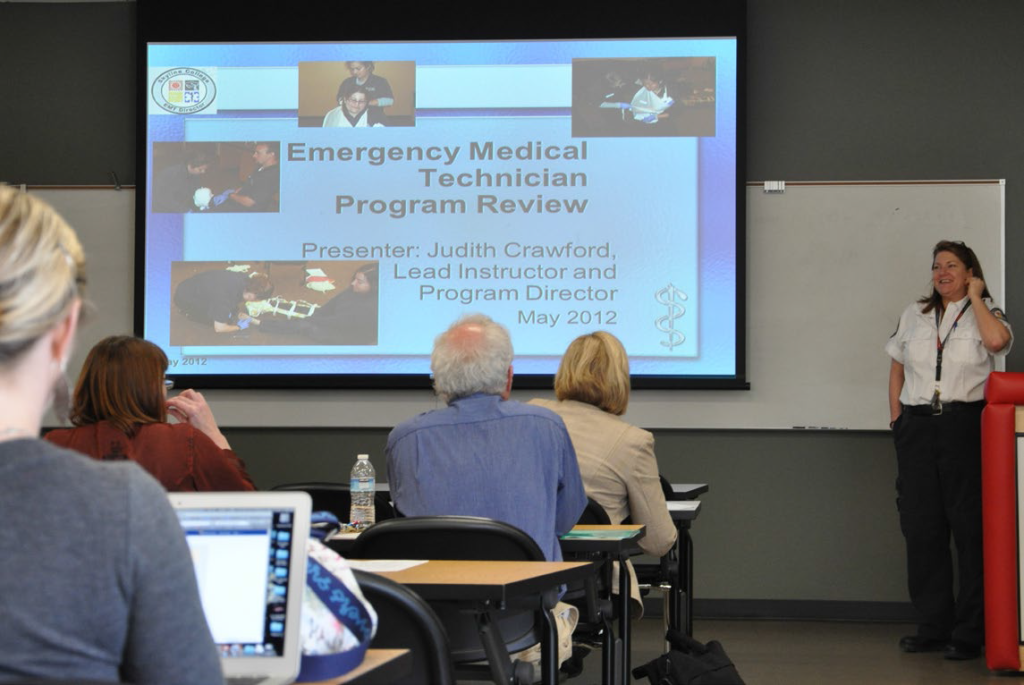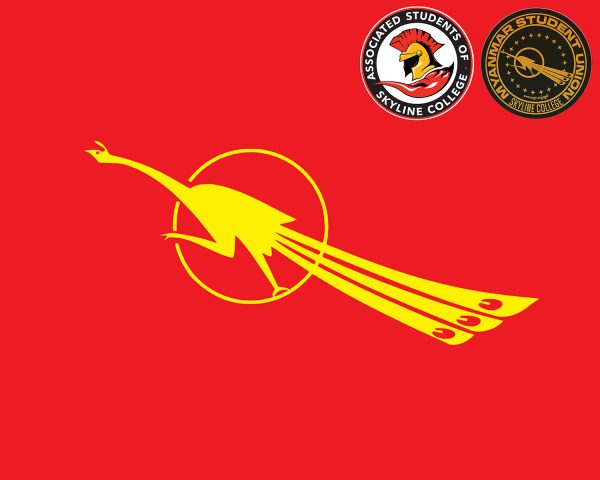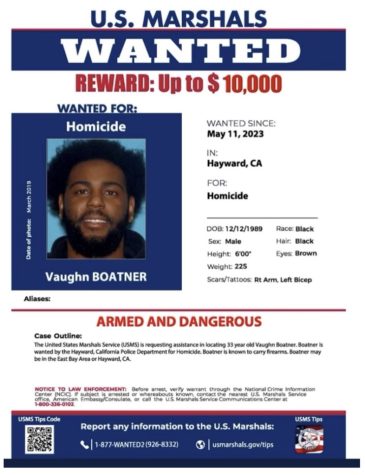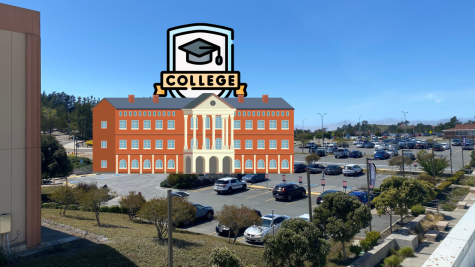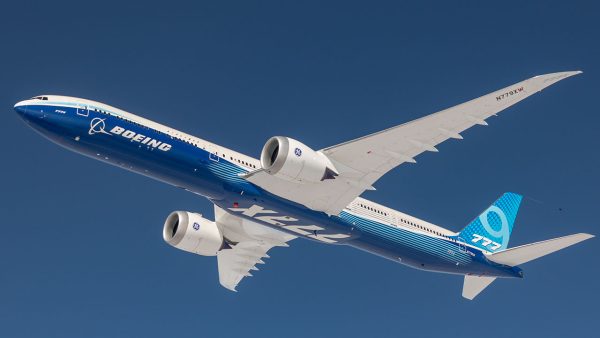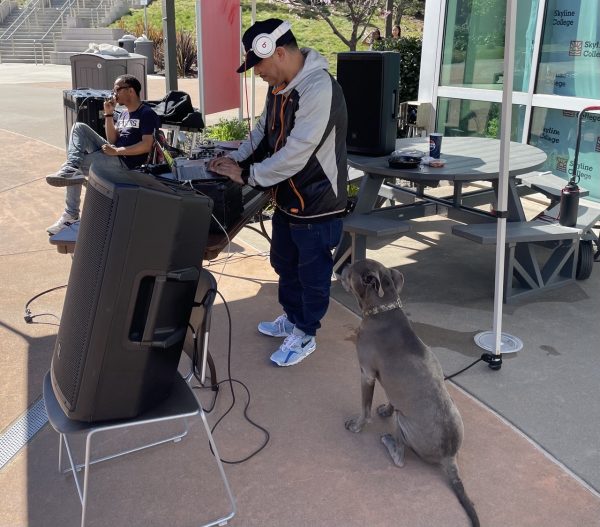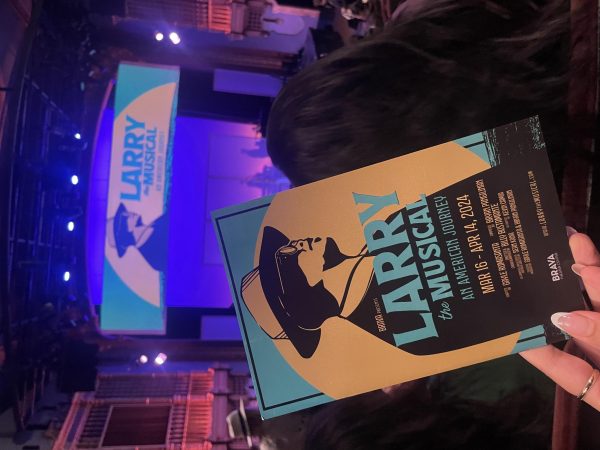Skyline EMT program ranks in top ten
Courtesy of Skyline College PR and Marketing
EMT lead instructor and program director, Judith Crawford, presents in front of a group at Skyline.
Aspiring emergency medical technicians at Skyline College are getting their money’s worth. So says a list compiled by firescience.org., “Students in the EMT program at the college have the luxury of their program being ranked number seven on the high return on investment (ROI) scale.”
All California campuses round out the top seven in the list, with Skyline being the last California school within the top ten. In a preview of the list, firescience.org explains their ranking system.“Using only the most trusted data, we crafted this list of the EMT programs with the highest degree value in the country,” says the website. “The institutions included on our list have annual tuition rates below $10,000 and graduates from any of these schools that pursue careers in the EMT and Paramedic field can expect to make at least three times that amount yearly.”
At number seven, Skyline boasts 16,298 total studentsenrolled in the EMT program, and they pay a fairly low $1,080 in tuition fees. Despite the affordable tuition, that number pays dividends, as graduated EMTs can expect to make $34,210 annually, coming straight out of the program.
The need for EMTs in the San Bruno and surrounding areas is cited as a reason for high enrollment in the Skyline program, according to Judith Crawford, the EMT program department head. “The EMT certificate is required for many entry level positions in Emergency Medical Services and Allied health programs,” Crawford said. “Many of our students go on to Nursing, PA and medical school programs and use the EMT certificate to gain valuable patient care experience
for their applications.”
For students interested in pursuing this career field at Skyline, the program is only one semester, 8 units to complete, but requires a rigorous six lecture hours and six lab hours per week.
One student, James Franks, thinks the program is worth it. “It’s fun, interactive, and has really good instructors,” Franks said. “They teach you proper body mechanics and it’s very hands on.” However, he states that the work doesn’t stop here at Skyline, “This is only the beginning. The real journey starts after you graduate.” Crawford also explains that after completing the program with a minimum average of 80%, students then take the National Registry of Emergency Medical Technicians written and cognitive exam. The class credits go toward the core classes for the Skyline AS-Allied Health and are transferable to CSU. The program prides itself in being highly respected in this community.
“Our policies and hours tend to go above the minimum requirements at the state and national levels,” said Crawford. “Many of the facilities and agencies that take our students for their clinical rotations tend to hire those students.”
This article has been fixed and replaced with a newer version that corrects formatting issues. 8:55 P.M. 10/11/13



